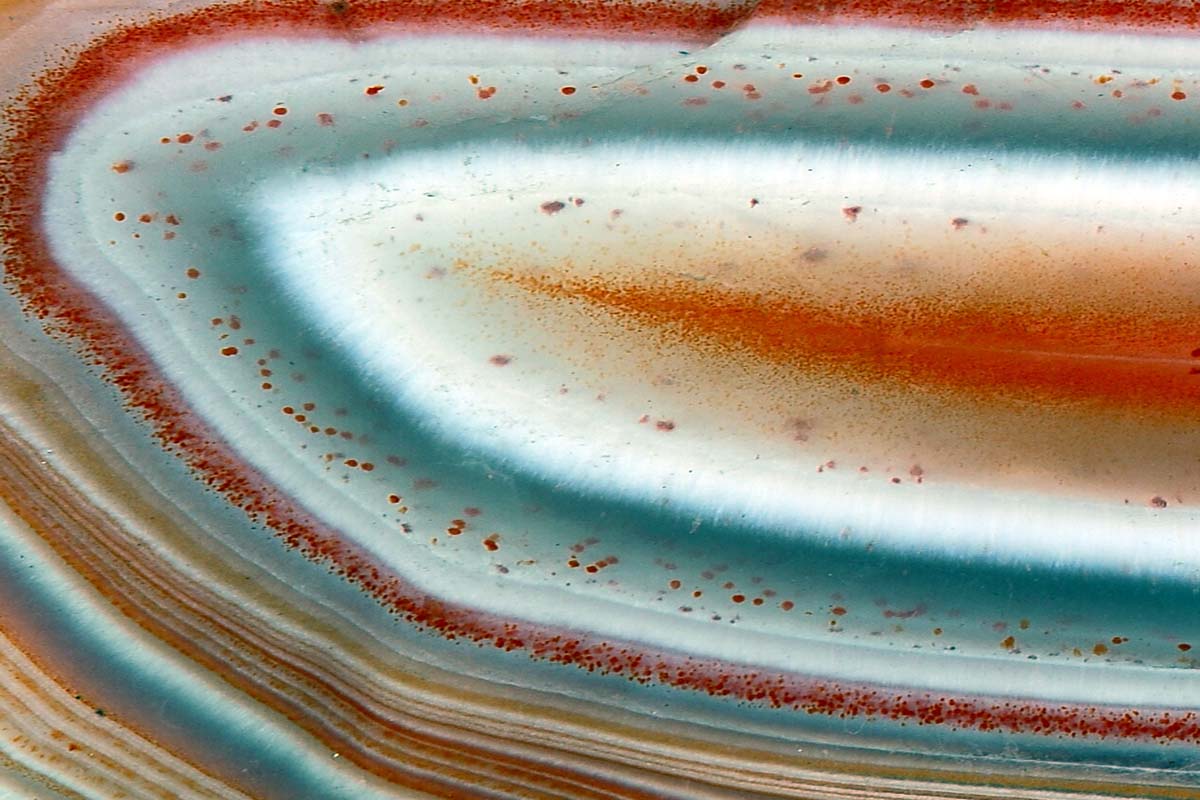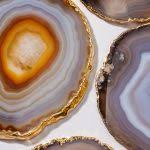

Agate
(#72423658)
durable polychromia, bands and eyes, swirling Achates
Click or tap to view this dragon in Predict Morphology.
Energy: 45/50

Expand the dragon details section.
Collapse the dragon details section.
Personal Style
Apparel










Skin

Scene

Measurements
Length
14.5 m
Wingspan
13.7 m
Weight
7552.44 kg
Genetics
Phthalo
Tapir
Tapir
Spruce
Noxtide
Noxtide
Sunshine
Underbelly
Underbelly
Hatchday
Breed
Eye Type
Level 1 Guardian
EXP: 0 / 245


STR
7
AGI
6
DEF
8
QCK
5
INT
5
VIT
8
MND
6
Lineage
Biography

 |
Agate or Silicon Dioxide "from Achates" Chemical Formula: SiO₂ IMA Symbol: Aga Discovery: ~3000 BCE, Indus Valley (Earliest Known) |
Category: Chalcedony variety Crystal System: Rhombohedral microcrystalline Crystal Habit: Cryptocrystalline silica Fracture: Conchoidal Mohs Scale: 6.5–7 |
The stone was given its name by Theophrastus, a Greek philosopher and naturalist, who discovered the stone along the shoreline of the Dirillo River or Achates (Ancient Greek: Ἀχάτης) in Sicily, sometime between the 4th and 3rd centuries BC.
Agate minerals tend to form on or within pre-existing rocks, creating difficulties in accurately determining their time of formation. Agates are most commonly found as nodules within the cavities of volcanic rocks. These cavities are formed from the gases trapped within the liquid volcanic material forming vesicles and are then filled in with silica-rich fluids from the volcanic material, layering the walls of the cavity and slowly working their way inwards. The first layer deposited on the cavity walls is commonly known as the priming layer. The priming layer is often dark green but can be modified by iron oxide resulting in a rust-like appearance. Variations in the solution's character or the conditions of deposition may cause a corresponding variation in the successive layers. These variations in layers result in bands of chalcedony, often alternating with layers of crystalline quartz forming banded agate.
Agate types are categorized based on their band pattern:
Lace agate, such as African blue lace agate, and Mexican crazy lace agate, are varieties that exhibit a lace-like pattern with forms such as eyes, swirls, bands or zigzags.
Moss agate, as the name suggests, exhibits a moss-like pattern and is of a greenish colour. The coloration is not created by any vegetative growth, but rather through the mixture of chalcedony and oxidized iron hornblende.
Dendritic agate also displays vegetative features, including fern-like patterns formed due to the presence of manganese and iron oxides.
Turritella agate is formed from the shells of fossilized freshwater Turritellas, gastropods with elongated spiral shells. Similarly, coral, petrified wood, porous rocks and other organic remains can also form agate.
Coldwater agate, such as the Lake Michigan cloud agate, does not form under volcanic processes, but instead within the limestone and dolomite strata of marine origin. Like volcanic-origin agates, Coldwater agates formed from silica gels that lined pockets and seams within the bedrock. These agates are typically less colourful, with banded lines of grey and white chalcedony.
Greek agate is a name given to pale white to tan coloured agate found in Sicily, once a Greek colony c. 400 BCE, and was used for making jewelry and beads.
Brazilian agate is found as sizable geodes of layered nodules. These occur in brownish tones interlayered with white and gray. Quartz forms within these nodules, creating a striking specimen when cut opposite the layered growth axis. It is often dyed in various colours for ornamental purposes.
Polyhedroid agate forms in a flat-sided shape similar to a polyhedron. When sliced, it often shows a characteristic layering of concentric polygons. It has been suggested that growth is not crystallographically controlled but is due to the filling-in of spaces between pre-existing crystals which have since dissolved.
Other forms of agate include Holley blue agate, Lake Superior agate, Carnelian agate, Botswana agate, plume agate, condor agate, tube agate, fortification agate, Binghamite, fire agate, Patuxent River stone, and enhydro agate.
Agates have also been found in sedimentary rocks, generally limestone or dolomite; these sedimentary rocks acquire cavities often from decomposed branches or other buried organic material. If silica-rich fluids are able to penetrate these cavities, agates can be formed. Hollow agates can also form due to the deposition of liquid-rich silica not penetrating deep enough to fill the cavity completely. Agate will form crystals within the reduced cavity, and the apex of each crystal may point towards the center of the cavity. Agate is very durable and therefore is often seen detached from its eroding matrix; once removed, the outer surface is usually pitted and rough from filling the cavity of its former matrix.
Industrial uses of agate exploit its hardness, ability to retain a highly polished surface finish and resistance to chemical attack. It has traditionally been used to make knife-edge bearings for laboratory balances and precision pendulums and sometimes to make mortars and pestles to crush and mix chemicals. It has also been used for centuries for leather burnishing tools.
The decorative arts use it to make ornaments such as pins, brooches or other types of jewellery, paper knives, inkstands, marbles and seals. Agate is also still used today for decorative displays, cabochons, beads, carvings and Intarsia art, as well as face-polished and tumble-polished specimens of varying size and origin.
- - - - - -
Click or tap a food type to individually feed this dragon only. The other dragons in your lair will not have their energy replenished.
Feed this dragon Insects.
Feed this dragon Meat.
Feed this dragon Seafood.
Feed this dragon Plants.
Exalting Agate to the service of the Lightweaver will remove them from your lair forever. They will leave behind a small sum of riches that they have accumulated. This action is irreversible.
Do you wish to continue?
- Names must be longer than 2 characters.
- Names must be no longer than 16 characters.
- Names can only contain letters.
- Names must be no longer than 16 characters.
- Names can only contain letters.















